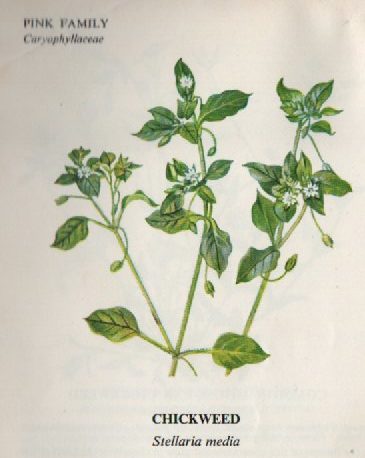
The picture above comes from Carey, M. and Fitchew D. Wild Flowers at a Glance (London, reprinted 1971), an reference book I have had for over 40 years, much scribbled in. It’s a reference book that uses paintings of plants, the norm back in 1949 when it was first published. More recent reference books tend to use photographs, there are pros and cons with each style. Over the years I have occasionally decided to record wild plants I notice, this is one such time. The title may be lost on younger readers, back in the 1950s B.B.C. Children’s Department produced a daily ‘Watch with Mother’ 10 minute children’s programme, a different title each day, but the sequence repeated each week. One such was ‘The Woodentops’, puppets made up of small plant pots who lived in a garden shed and their friend was ‘Little Weed’ who, on reflection, looked more like a sunflower. They spoke in a peculiar language but the commentator interpreted. I seem to think they were on a Tuesday or Wednesday, but I could be wrong.
The wood ‘weeds’ is gradually going out of common usage as a plant is a plant, all valuable in their own way: a ‘weed’ is a native flowering plant that just happens to be growing in a place that we don’t want it to be growing. ‘Rewilding’ is a very popular idea and seed companies produce lots of packets of wild seeds these days and gardeners are very keen to encourage pollinators into their gardens/allotments. ‘Wild flowers’ suggests that here are pictures of plants that have self-seeded (often wind blown) or reproduced by root extension. Although there are some species that it is possible to find flowering examples at any time of year (e.g. daisies, herb robert) mostly one has to be looking at the right time of year to see the actual flowers.
(to be continued).